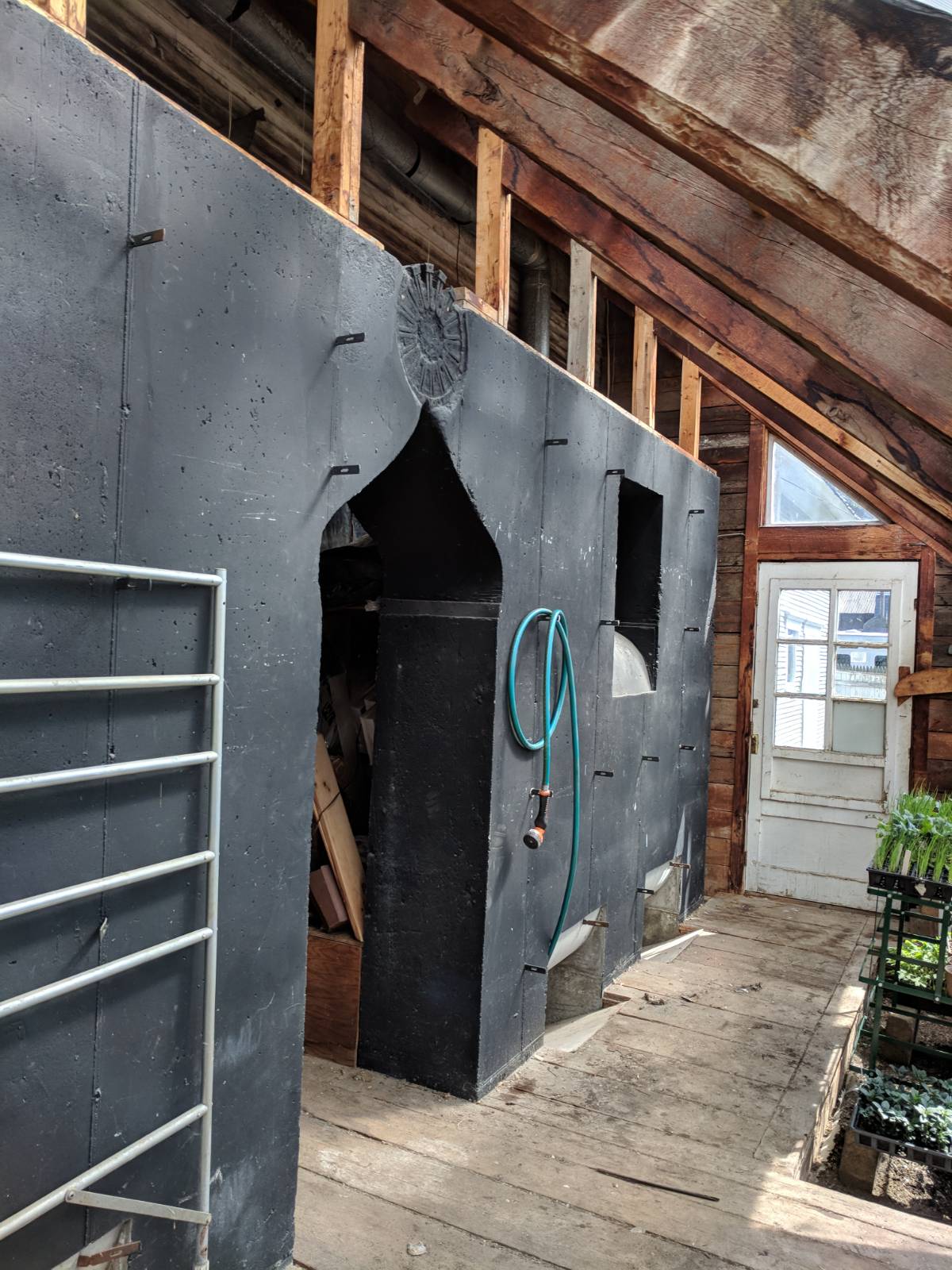As you know, Cx Associates’ work focuses on making buildings perform better for occupants, operators, owners, and for the planet. A common metric we use to assess building performance is the energy use intensity (EUI) which Katie has discussed in her recent blog posts. While attending the recent IEPEC Conference in Denver, I had a discussion with someone familiar with Xcel Energy’s work to be a net zero carbon utility in the relatively near future. We realized that EUI is an insufficient metric for guiding energy program investments at their customer sites. Ultimately, to drive carbon emissions down to a sustainable level that will halt and begin to reverse the climate crisis we are currently in, we need to track energy intensity while also focusing on carbon emissions intensity (CEI) at a building level. Cities and states that have adopted carbon reduction goals will do well to focus on reducing the CEI of their building stock through energy efficiency, fuel switching, and renewable energy generation.
3 min read
A New Metric for 21st Century Buildings: The Carbon Emissions Intensity (CEI)
By Jennifer Chiodo on Sep 25, 2019 10:00:00 AM
Topics: Sustainability Green Building Energy Efficiency Building Performance & Technology renewable Energy Management Existing Building portfolio benchmarking Program Consulting Energy Planning energy monitoring & solutions Energy Audit energy efficiency program M&V
6 min read
The Wonderful World of Compost
By Krystina Kattermann on Sep 11, 2019 10:00:00 AM
I had never heard of composting as a general practice, until I went to school in Vermont. UVM is one of those places where every trash can is accompanied with a compost and recycling bin (at least when inside near a dining area). When I moved to Boston for a few years after school, I was appalled at the lack of compost availability – what was this madness?!?! Luckily, upon my move back to Burlington, setting up an at home compost was a cinch – just fill up a bucket and drop it off at the waste center every other week for free. While Burlington does a fairly good job of encouraging composting, I just returned from a trip to Seattle where they do curbside compost pick up, and every restaurant I visited had a compost bin…STEP IT UP, EAST COAST!
Topics: Sustainability renewable
10 min read
Quantifying Benefits of Passive Solar Heating Technology
By Gretchen Schimelpfenig on May 23, 2018 10:42:34 AM
For eons, humans have used thick, thermally massive walls to store the heat of the day and to warm their homes at night. Due to America’s persistent dependence on fossil fuels, passive solar walls enjoyed brief mainstream popularity during the fuel crises of the mid-20th century, and residences across the country benefited from reliable, renewable heat. As gas prices declined, so did homeowner and developer enthusiasm for these low-energy systems. As we face a massive climate change calamity and most residential heating systems today are still served by volatile fossil fuels, it is time we revisit and incorporate passive solar technologies into our new buildings and renovations.



